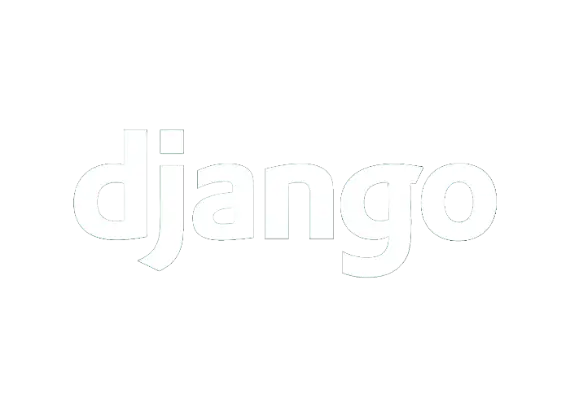In the journey to perfecting your website's SEO strategy, leveraging the right tools and techniques for internal link analysis emerges as a pivotal step. But with an array of options at your disposal, how do you choose the best tools for the job? And once you've selected your tools, what techniques should you employ to ensure your internal linking strategy is not just effective but exemplary?
The Importance of Internal Link Analysis Tools
Internal link analysis tools play a crucial role in uncovering the strengths and weaknesses of your website's internal linking structure. These tools provide insights into how pages are interconnected, highlight potential issues like broken links or unlinked content pages, and identify opportunities to enhance your site's SEO performance through better internal linking.
Premier Tools for Internal Link Analysis
- Google Search Console: A free tool provided by Google, Search Console offers a wealth of information about your site's performance, including how Google views your internal links. Its 'Links' report can show you which pages are most frequently linked within your site, helping you understand your internal link distribution.
- Moz Pro's Site Crawl: Moz Pro offers a comprehensive suite of SEO tools, including the Site Crawl feature. This tool is invaluable for identifying and fixing internal linking issues, such as broken links, redirect chains, and pages with low internal link counts. Moz Pro also provides insights into duplicate content and missing titles, which can indirectly affect the effectiveness of your internal linking strategy. Its user-friendly interface and actionable insights make it a top choice for website owners looking to enhance their SEO through improved site architecture and internal linking.
- SEMrush's Site Audit Tool: SEMrush is another powerful tool that offers a detailed site audit feature. It checks your website against a plethora of SEO issues, including problems related to internal linking, such as broken links and internal pages that are difficult for search engines to crawl. SEMrush also offers insights into link distribution and can help you pinpoint orphan pages, ensuring that all valuable content is adequately linked and accessible.
- Yoast SEO for WordPress: If your site is powered by WordPress, Yoast SEO is a must-have plugin that can help you with your internal linking strategy. While primarily known for its on-page SEO capabilities, Yoast also offers features that help optimize site structure, such as suggesting links to other content on your site as you write. It's particularly useful for ensuring that your content is internally linked in a way that enhances both user experience and search engine visibility.
- Ahrefs: While Ahrefs is renowned for its backlink analysis capabilities, it also offers valuable insights into your internal linking structure. Its 'Site Audit' feature can identify internal linking issues, such as pages with few internal links or orphaned pages that aren’t linked to from anywhere else on your site.
Techniques for Effective Internal Link Analysis and Optimization
- Conduct a Comprehensive Link Audit: Utilize the above tools to perform an in-depth analysis of your site's internal links. Look for broken links, links pointing to redirected URLs, and pages that are important but receive little to no internal link love.
- Map Out Your Site’s Internal Linking Structure: Visualizing your site's structure can be incredibly enlightening. Tools like Screaming Frog offer the capability to create visualizations of your site's internal linking, helping you spot areas where the link flow could be improved.
- Identify and Prioritize Pages for Improvement: Based on your audit, identify pages that are critical to your SEO strategy but are currently under-performing due to inadequate internal linking. Prioritize these pages for immediate attention.
- Optimize Anchor Text for Clarity and SEO: When adding or modifying internal links, choose anchor text that is both descriptive and keyword-rich. This improves user navigation and helps search engines understand the context of linked pages.
- Balance and Distribute Link Equity: Ensure that your internal links don’t just point to top-level pages. Distribute links to deeper content pages as well, spreading the link equity throughout your site and boosting the ranking potential of individual pages.
Putting It All Together: A Practical Example
Imagine you run a travel blog with various articles on destinations, tips, and gear. Using Ahrefs, you discover several high-quality posts about hiking gear that are not receiving traffic because they lack internal links. By creating a "Best Hiking Gear" guide and linking to these posts with descriptive anchor text, you not only improve navigation for your readers but also signal to search engines the relevance and importance of these pages, potentially boosting their rankings.
Conclusion
Internal link analysis and optimization are critical components of a successful SEO strategy. By utilizing the right tools and techniques, you can enhance your website's usability, improve its structure, and ultimately, its performance in search engine rankings. Remember, internal linking is not a set-it-and-forget-it task; it requires ongoing attention and adjustment. Armed with the tools and knowledge shared in this article, you're well on your way to mastering the art of internal linking, ensuring your website reaches its full SEO potential.

